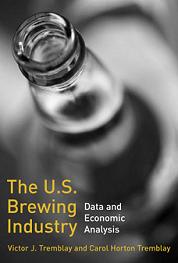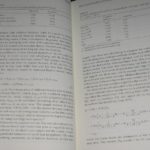 It is either out or I have just received my copy but either way it is all quite exciting to have a book in my hand with a chapter written by me. So, of course, I read my chapter first and found myself thinking that I could have written most sentences better and that I hoped I didn’t lose all the legal footnotes…though I suspect the sensible editing was afoot on that one. Then it strikes me – I don’t know – can I do a proper book review when I wrote about one-fifteenth of the thing? I don’t have any percentages deals or anything. But I can be pure of heart with the best of them can’t I? So let’s see.
It is either out or I have just received my copy but either way it is all quite exciting to have a book in my hand with a chapter written by me. So, of course, I read my chapter first and found myself thinking that I could have written most sentences better and that I hoped I didn’t lose all the legal footnotes…though I suspect the sensible editing was afoot on that one. Then it strikes me – I don’t know – can I do a proper book review when I wrote about one-fifteenth of the thing? I don’t have any percentages deals or anything. But I can be pure of heart with the best of them can’t I? So let’s see.
Price? Reasonable. This is a trade paperback meaning it’s going to cost you a decidedly reasonable $13.57 on an Amazon pre-order. The book covers a lot of ground, partitioned as it is into segments entitled “The Art of Beer”, “The Ethics of Beer”, “The Metaphysics and Epistemology of Beer” and “Beer in the History of Philosophy”. Fascinating stuff. And with chapters by Garrett Oliver and Sam Calagione (not to mention me) as well as a forward by the late Michael Jackson (no mention of me) there is plenty of familiar names for the average beer geek.
But it is when the book goes beyond the expected that it gets really interesting. Except for the crew named above, the rest is written by Phds (pronounced “fudds“, professors and a dean. Egads! I See Eggheads! Yet, they bring the egg down off the head and…and…OK, I can’t finish that analogy but rest assured this is interesting stuff. An example: in the chapter by Rex Welshon, Chair of a Philosophy Department in Colorado, explores Nietzsche’s relationship with the drink opening with the philosopher’s observation that a “single glass of…beer in one day is quite sufficient to turn my life into a vale of misery.” I recall my philosophy professor recounting his wife’s observation that she was not so much disappointed that Nietzsche thought all those things so much as that he wrote them down. Perhaps the same might be said about him having that beer. Another example? Neil Manson, a professor from Mississippi has his bio right next to mine (which falsely claims he can drink more than me and you. Lie – I simply choose not to), has provided a dialogue of the Socratic sort (I think) on “The Unreasonable Effectiveness of Beer” which seems to talk about God a lot as three characters drink. Neato. It’s like what you think your dinner parties were like the foggy-headed next morning. And there are about ten more of these sorts of chapters.
So…bottom line…get this book. I earn nothing more from saying so yet you will gain incalculably from the procurement.


 But of course it is more than math that escapes me. Conversely, both authors are
But of course it is more than math that escapes me. Conversely, both authors are